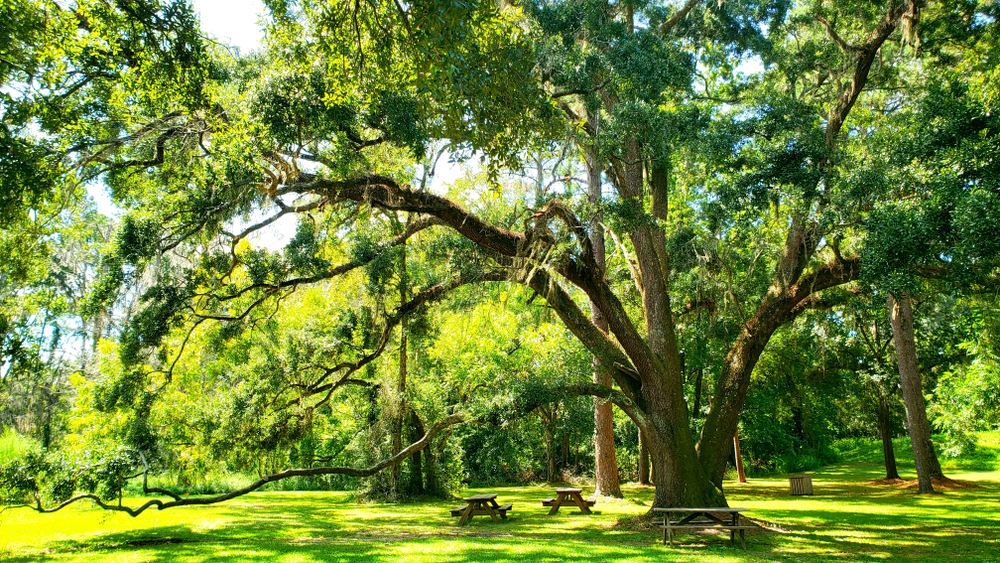Trees are great. This will come as no surprise to anyone. They are amazing for the environment, they are amazing for wildlife, they are amazing for people. They are simply amazing. What many people don’t realize is how great they are for the economy. A new study has now shown that the more trees in a city the more that city will save.
The benefits of trees are incredible and urban trees are even better. Urban trees have proven to be a crime deterrent. It appears that the increased presence of landscapers and government workers on the green spaces as well as the increased number of people visiting these areas will slow down the crime rate.
Studies have also shown that those who live near trees are happier. The most recent study has shown that people who live near more trees use fewer antidepressants. People are physically healthier too which may be another factor that impacts happiness.
Urban trees are good for mitigating stormwater running off, are great for dealing with carbon and other pollutants in a city, and attract more wildlife which can bring life to the wider city.
It is clear then that trees are great for cities. One study has looked at the impact of urban trees on public health and found that it is the most cost-effective method of solving air pollutants in a city. The study estimated that if 10 million dollars was invested in trees worldwide it could save millions of lives. It would provide enough tree coverage to ensure that 77 million people were able to survive much easier during heat waves and provide 68 million people cleaner air. Is it worth the investment?
Even if you are not convinced by the obvious benefits, the bottom line is that it will save money too. The U.S Forest Service’s Northern Research Station has now released a comprehensive study that estimates the 5.5 billion trees of America bring approximately $18 billion worth of benefits to society. The four key areas that it benefits are in air pollution, saving $5.4 billion dollars annually, as well as saving $4.8 billion in carbon sequestration each year. Trees are estimated to save $2.7 billion by reducing emissions each year and save $5.4 billion by improving energy efficiency in buildings every year.
The state with the greatest savings from trees is Florida saving $2 billion every year thanks to trees. This is no surprise considering how hot the state is and how well covered it is by trees in the main urban areas. Florida is closely followed by California, New York, Pennsylvania, and Ohio who all save $1 billion thanks to trees.
While this is great to hear it highlights a key issue of urban sprawl. Today cities are getting bigger. People continue to knock down forests on the periphery of cities so that they can build more homes and business parks. While it is fantastic to see cities growing and economies doing well we must find a way to grow that is not at the expense of tree life. By growing cities, at the expense of urban trees, we are compounding issues for that growing city.
It is incredibly important that green spaces are considered when allowing a city to grow. We need to increase the percentage of coverage of trees in existing cities but also need to ensure that it is not decreasing in any cities experiencing growth. By ensuring there are more trees in urban areas we are not just saving money we are saving the lives of future generations and ensuring those lives are happier and healthier.







